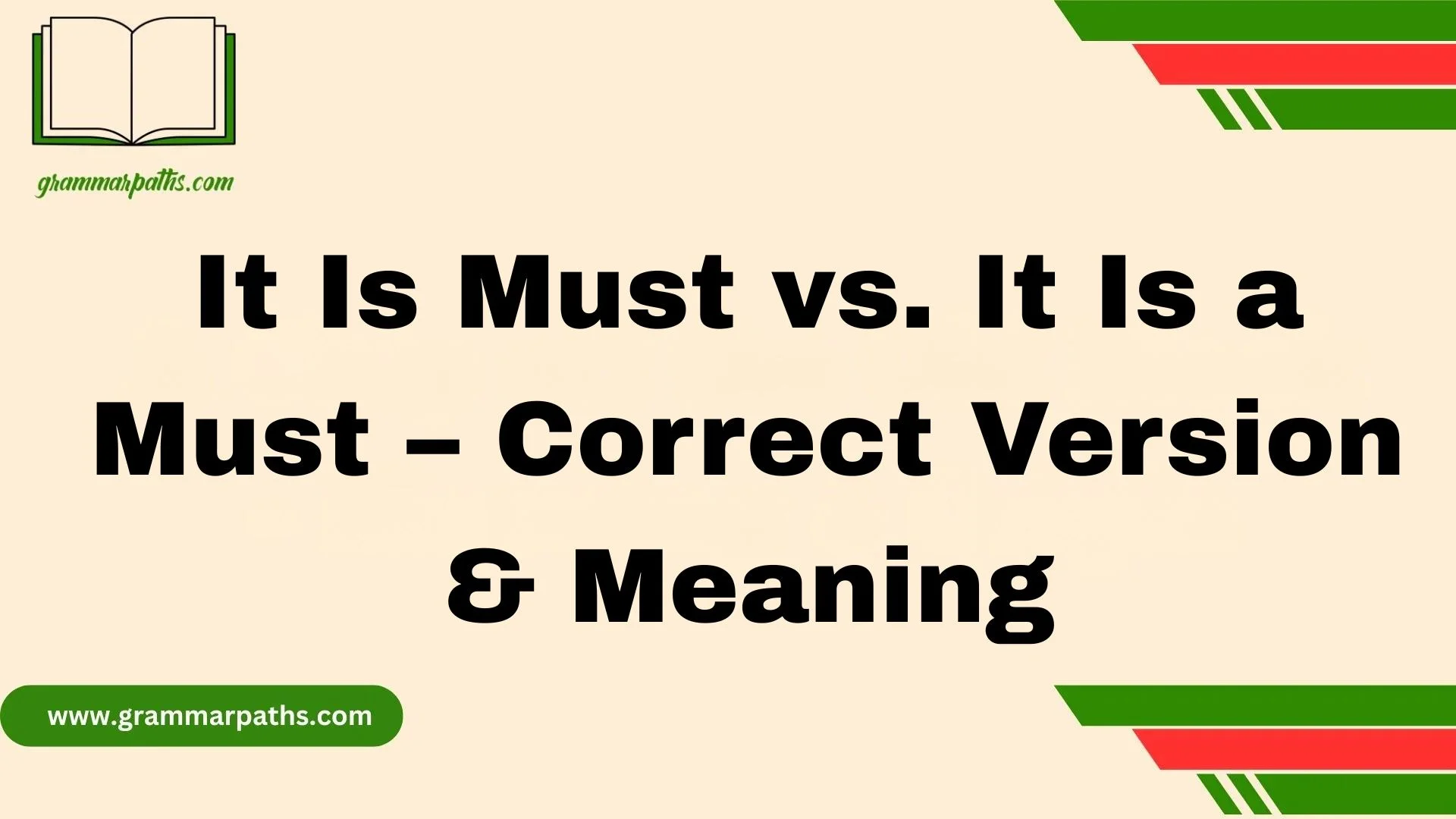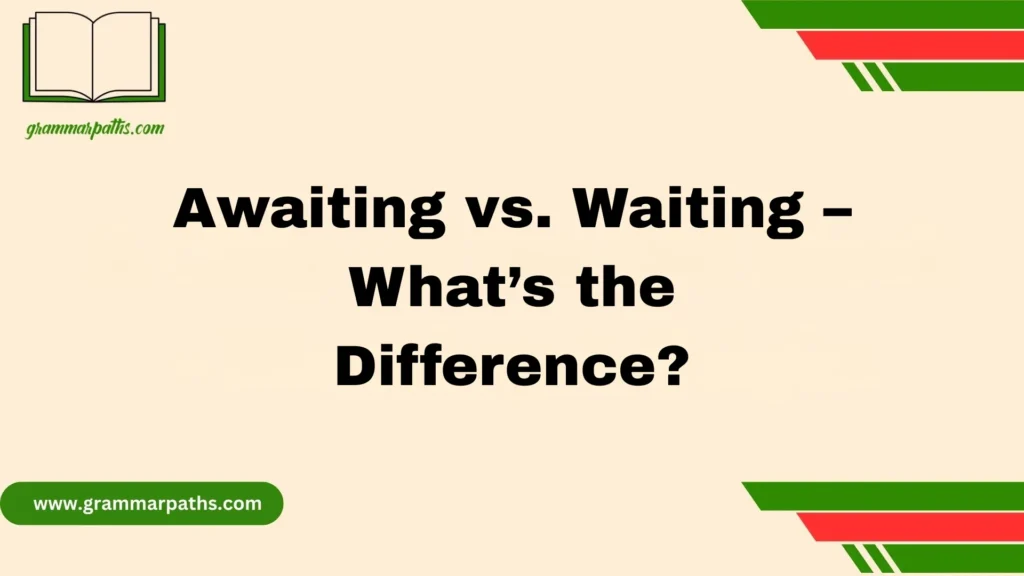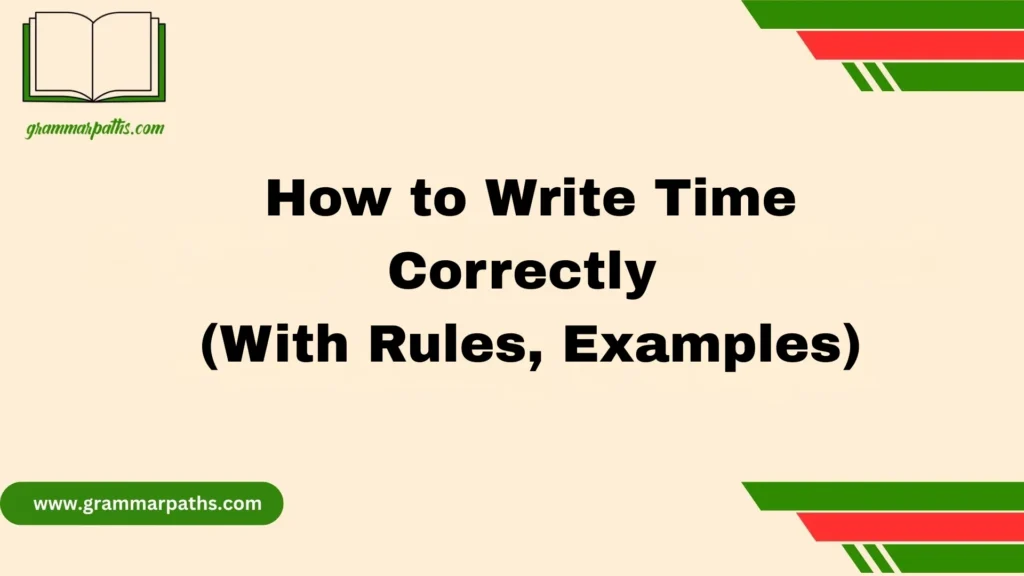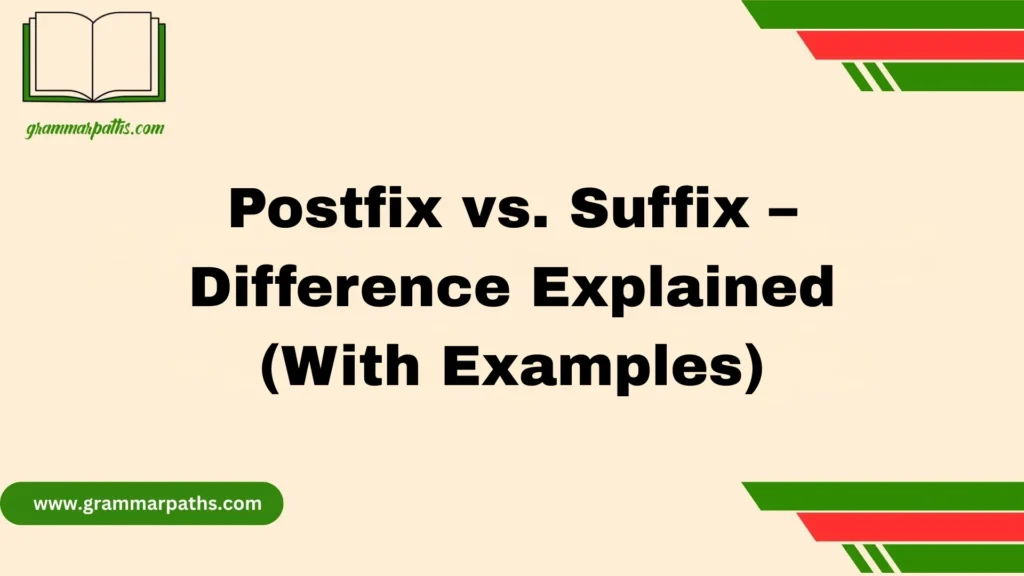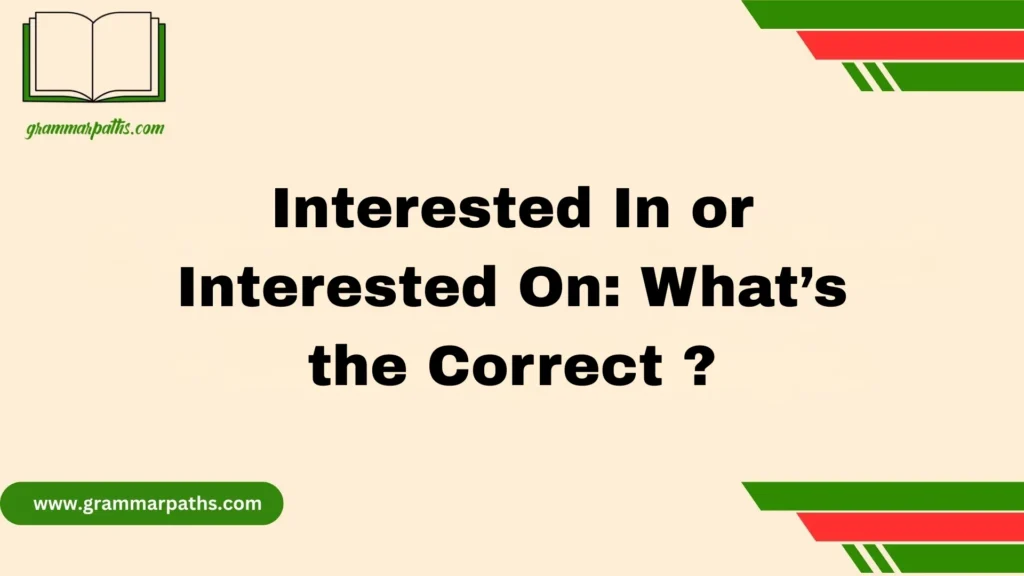When I first came across the phrase it is must in emails and on social media, I noticed how often people used it interchangeably with it is a must. My experience in curating website content for a brand taught me that this small change in grammar makes a big difference. In English, the word must has different functions—it can be a modal verb or a noun. When it’s a noun, as in “That trip is a must,” it needs an article to be grammatically correct. This is not just a quirky rule of the language—it’s an important distinction that shapes your message and makes it sound more credible.
Over the years, I’ve explained to clients that in formal and professional writing, the structure of a sentence can strengthen or weaken its impact. For example, one client wrote “it is must-have” in a blog post. I had to clarify that even though phrases like this might seem acceptable in casual communication, following accepted rules ensures your work feels polished. Using the accepted form shows you understand the tools and tips of effective expression. A version that follows the right usage—even a subtle change—can make your writing feel strong, well-shaped, and absolutely clear rather than mistaken. My own guide for phrases, examples, and expression has helped many improve naturally, whether they’re drafting product reviews or refining everyday messages.
Hook & Context: Why This Tiny Grammar Difference Matters
Have you ever read a review where someone said, “The museum is must for history lovers”?
Something feels off, right? That’s because in standard English, the article (“a”) is essential for the sentence to sound natural and be grammatically correct.
While it might seem like a small oversight, this difference matters in:
- Professional writing – where precision shows credibility.
- Academic work – where incorrect usage can hurt grades.
- Marketing & reviews – where tone and clarity can impact persuasion.
In short, correct phrasing makes your message sound polished and trustworthy.
Breaking Down the Word ‘Must’
Before deciding which phrase is correct, let’s understand the word must. It has two main roles in English:
Must as a Modal Verb
A modal verb expresses necessity, obligation, or strong recommendation.
Examples:
- You must wear a helmet when riding a motorcycle.
- We must submit the report by Friday.
In this form, must acts like other modal verbs such as should, can, or will. It’s followed by the base form of a verb (must go, must try, must read).
Must as a Noun
When must is a noun, it refers to something essential or required.
Examples:
- A raincoat is a must if you’re visiting Seattle.
- Comfortable shoes are a must for long walks.
Notice the article “a” before the noun must. This is where the difference between “It is must” and “It is a must” comes from.
| Role of “must” | Example sentence | Meaning |
| Modal verb | You must attend the meeting. | Shows necessity/obligation |
| Noun | This tool is a must for carpenters. | Refers to something essential |
Why “It Is a Must” Is Correct
“It is a must” is the correct version because must is functioning as a countable noun here. Countable nouns in English almost always need an article (“a” or “the”) when singular.
Example:
- Incorrect: It is book.
- Correct: It is a book.
The same rule applies:
- Incorrect: It is must.
- Correct: It is a must.
In simple terms: The article “a” signals that “must” is one essential thing among others.
Examples in context:
- If you’re in New York, visiting Central Park is a must.
- For spicy food lovers, trying authentic Nashville hot chicken is a must.
Why it works: The sentence structure matches the “subject + linking verb + noun phrase” pattern, which is standard English grammar.
Why “It Is Must” Sounds Wrong
“It is must” is incorrect in standard English because it omits the necessary article “a” before the noun. Without it, the sentence feels unfinished to native speakers.
However, “It is must” sometimes appears in:
- Non-native English writing (influenced by other languages where articles are not used).
- Machine-translated text where the article is dropped.
Why it might happen:
Many languages (like Hindi, Chinese, or Russian) do not use articles in the same way English does, so learners sometimes forget to add them.
Incorrect example: Visiting the Eiffel Tower is must.
Corrected: Visiting the Eiffel Tower is a must.
Real-Life Usage Patterns
Native speakers rarely say “It is must” unless they’re making a mistake or speaking broken English. “It is a must” is common in both casual and formal situations:
In American English:
- Popular in reviews, travel blogs, recommendations, and informal advice.
- Example: If you visit Chicago, deep-dish pizza is a must.
In British English:
- Equally common, though you might also hear more formal variations like “It is essential” or “It’s imperative.”
Data Check: Frequency & Popularity
A quick look at Google Ngram Viewer (which tracks word usage in published books) shows a huge difference:
| Phrase | Peak usage (year) | Overall frequency trend |
| It is a must | 1990s – present | Steadily popular, especially in lifestyle & travel writing |
| It is must | Never significant | Barely appears; usually considered an error |
If you run the search yourself, you’ll see “It is a must” dominating almost entirely. That’s clear proof of its acceptance in formal written English.
Alternatives to “It Is a Must”
Sometimes you might want to avoid repeating the phrase or match a different tone. Here are alternatives you can use:
For a formal tone:
- It is essential.
- It is imperative.
- It is necessary.
For a casual tone:
- You’ve got to try this.
- Don’t miss it.
- This is a can’t-miss.
Table: Alternatives and Their Usage
| Alternative phrase | Tone | Example |
| It is essential | Formal | Good lighting is essential for photography. |
| You’ve got to try this | Casual | This ice cream shop is incredible – you’ve got to try it! |
| It’s imperative | Formal | It’s imperative that we meet the deadline. |
Side-by-Side Usage Examples
Here’s a quick comparison to make the difference crystal clear:
| Incorrect sentence | Correct sentence |
| This dish is must for foodies. | This dish is a must for foodies. |
| Visiting Niagara Falls is must. | Visiting Niagara Falls is a must. |
| Reading this book is must. | Reading this book is a must. |
Case Study: Travel Writing
Let’s imagine you’re writing a travel blog post:
Incorrect version:
Rome is must for art lovers. The Colosseum is must too.
Correct version:
Rome is a must for art lovers. The Colosseum is a must as well.
Notice how the correct version flows naturally and sounds like something a native English speaker would write.
Key Takeaways
- “It is a must” is correct when must is used as a noun.
- Always include the article “a” before must in this context.
- “It is must” is considered incorrect in standard English.
- Correct usage improves clarity, professionalism, and reader trust.
Quick Reference Table
| Phrase | Correct? | Reason |
| It is must | ❌ | Missing article before the noun. |
| It is a must | ✅ | Correct grammar: article + noun. |
Conclusion
The difference between it is must and it is a must might seem small, but it’s a clear example of how tiny details in grammar can change the way your message is received. By understanding the functions of the word must, you ensure your writing follows accepted rules and keeps your communication credible. Whether you’re preparing emails, posting on social media, or creating professional content, this subtle distinction can make your expression sound polished and absolutely correct.
FAQs
Q1: Why is “it is must” wrong?
Because must as a noun needs an article like “a” to be grammatically correct. Without it, the sentence breaks standard English structure.
Q2: Can I use “must-have” instead?
Yes, but only when it’s part of a phrase describing something essential, e.g., “This phone is a must-have.”
Q3: Is “it is a must” formal or casual?
It works in both formal and informal writing, making it versatile for product reviews, blogs, and everyday communication.
Q4: Does using “it is a must” improve clarity?
Absolutely. This version removes confusion and ensures your message sounds strong and well-structured.

Emma Brooke is a passionate language expert and contributor at GrammarPaths.com, where she helps learners navigate the complexities of English grammar, idioms, and effective writing. With a strong academic background and years of teaching experience, Emma excels at turning tricky grammar rules into simple, practical lessons that readers can easily grasp.
